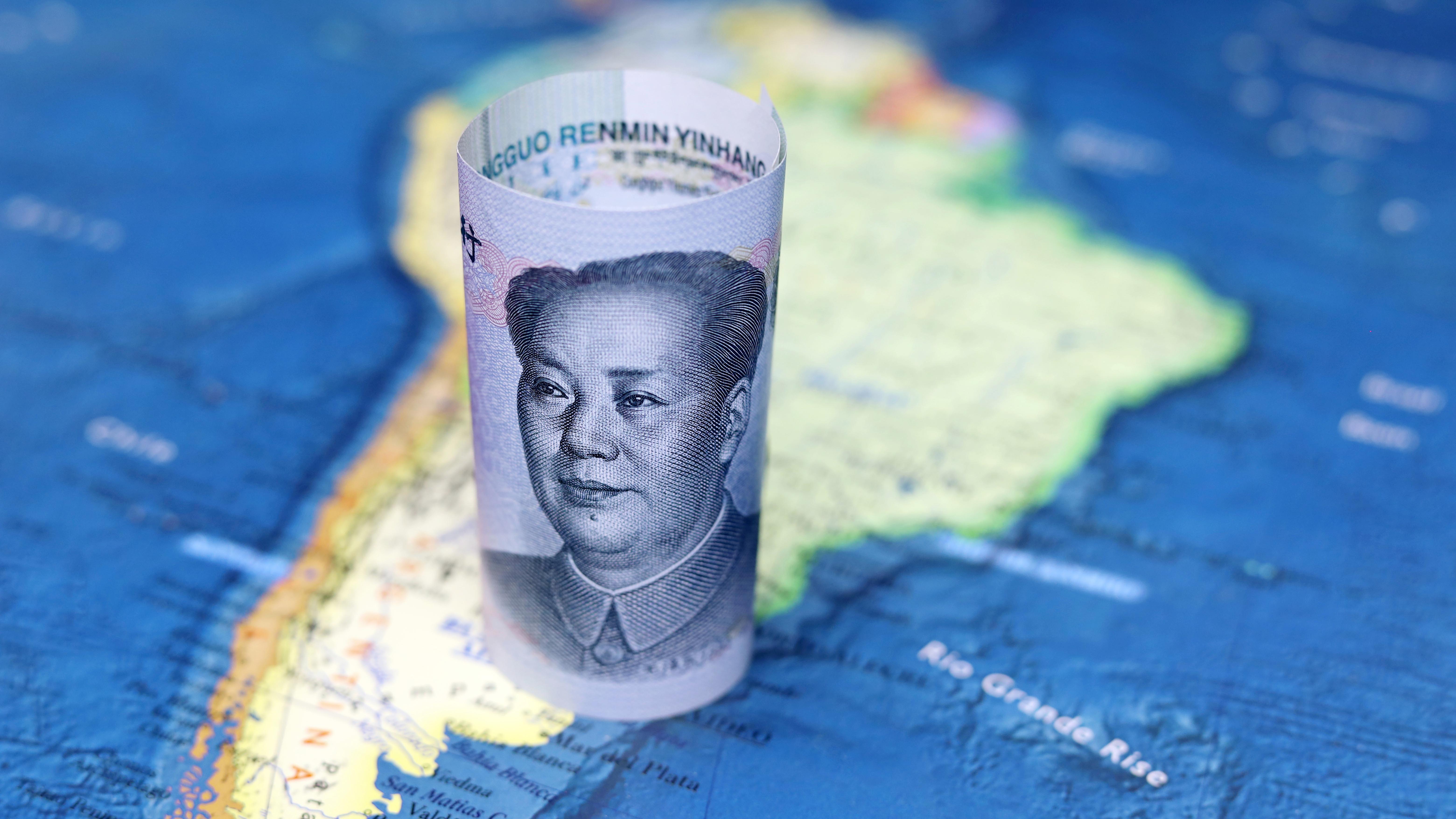Is painting China as the predator in Latin American activities reductive?

Image: Getty Images
Experts at a think tank webinar were keen to dispel some of the myths regarding China’s relationship with Latin America. Barbara Pianese reports.
The relationship between China and Latin America has grown tighter in the past 20 years. It builds on a long history which saw Chinese immigrants seek employment in the construction of canals and railways in the region in the latter half of the 19th century.
In 2001, China joined the World Trade Organization and earned access to the international trade system. In 2000, Chinese trade in the region accounted for less than 2%; by 2035 it could reach 25%. China is now the top trading partner for Brazil, Chile, Peru, Argentina and Uruguay.
Beijing has been looking to secure access to raw materials and agricultural goods, establish new markets for exports and seek investment opportunities. However, its role in Latin America has sometimes been reduced to simplistic narratives that position the Asian nation as a predator rather than a commercial partner.
“The big, bad, land grabber narrative is completely equivocated,” said Gustavo Oliveira, assistant professor of geography at Clark University, during a webinar organised by the think tank Canning House. “It does not sustain itself in terms of the political economic data. By far, the largest investments in Brazilian agricultural production come from the US, followed by European investors and even some from Latin America.”
Chinese finance in the region is primarily depicted as a state-led, resource-seeking imposition exercise from Beijing. Studies have therefore focused on development bank loans, overlooking the role of commercial banks and the private sector more in general.
The country’s banks became major players in the global geography of finance. Its two policy banks, China Development Bank and Export-Import Bank of China, have lent $136bn to the region.
Commercial banks have become increasingly important suppliers of trade finance and currency exchange services in Brazil, Mr Oliveira argues in one of his papers. This highlights the variety of actors shaping the relationship between the two sides.
At the same time, intense Chinese demand for commodities from Latin America has generated an increased production in the region which brought distortions and negative environmental effects. For example, the increased avocado cultivation in Chile is partly responsible for the scarcity of water in Chile, Alejandra Cuéllar, editor at Dialogo Chino, explained during the webinar.
“There was a really interesting case with regards to sea cucumbers. There’s a big consumption of sea cucumbers in China [and] none in Latin America. But, suddenly, Chinese fishers arrived in the ports of Yucatán and suddenly everyone was fishing to the point that after five years there were just no more sea cucumbers,” Ms Cuéllar adds.
Globalisation has probably reached a peak as there is a limit to the number of containers that can travel from the Pacific to China and vice versa. In the next few years, the relationship between China and Latin America will probably focus less on the terms of trade and more on the technology and added-value products the Asian country will be able to provide to the growing Latin American middle class.


